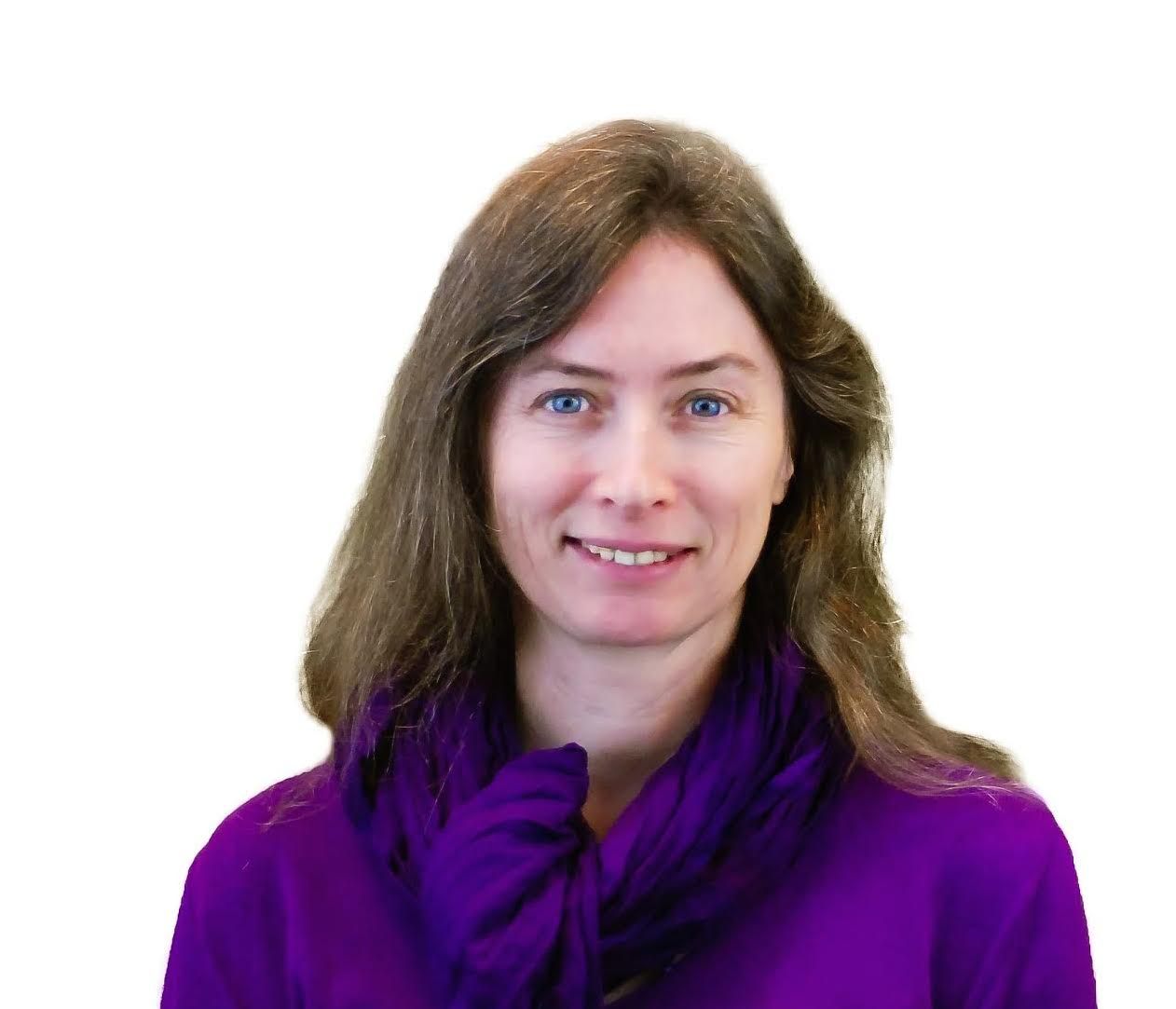Abstract:
As part of the Canadian GEOTRACES project, we modelled a number of the tracer groups that the Canadian chemical oceanographers measured. Ba and del 18 O are freshwater tracers. They can be used to separate freshwater from ice melt, rivers and the Pacific inflow. 230Th and 231Pa are generated uniformly by radioactive decay from Uranium. Theyare scavenged by particles leading to strong contrasts across the Arctic. Thus they are good, separate tracers from temperature and salinity to elucidate the long term, general circulation. In this talk I will introduce the Canadian GEOTRACES project and discuss the modelling component. Then the focus will be on results from these two sets of tracers and what we hope to learn from trace metals in the Canadian Arctic Archipelago.

Short biography:
Susan Allen is a Professor in the Department of Earth, Ocean and Atmospheric Sciences and Associate Dean of Faculty for the Faculty of Science. She is a physical oceanographer with skills in fluid mechanics including scaling, analytics, laboratory and numerical modelling. Her areas of application include coastal oceanography, mesoscale meteorology and biological- physical/chemical-physical interactions in the ocean. Her most important scholarly contributions have been to 1) Our understanding of ocean flow over and around topography and particularly submarine canyons, and the resulting impacts on the exchange of water,nutrients, carbon and oxygen between the coastal and deep ocean. She has also made significant contributions to 2) biological-chemical physical interactions and, in particular, the impact of surface processes on the timing of the phytoplankton spring bloom and variability in pH due to physical processes. Her newest projects (since Fall 2013 and Fall 2014, respectively) have been a short-term forecast model for the Salish Sea as part of the Marine Environment Observation, Predication and Response (MEOPAR) Network of Centres of Excellence, and modelling water mass tracers in the Arctic as part of Canada GEOTRACES (an international study of the marine biogeochemical cycles of trace elements and their sotopes).
